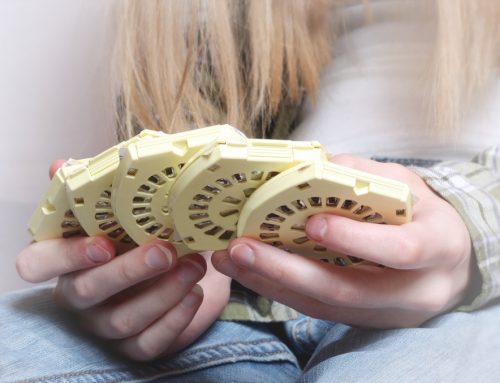When it comes to movement, cartilage is an essential component. And since we are constantly moving, problems with cartilage are a major source of pain for people.
The Basics: What is Cartilage?
Cartilage is a connective tissue found in several forms all over the body. It is not as rigid as bone, but it is stiffer and less flexible than muscle tissue.
Cartilage is what we have to thank for feeling no sense of friction in our joints as we move about. When cartilage degenerates, we can begin to experience bone moving against bone in our joints, which causes pain and inflammation.
For the most part, cartilage doesn’t have access to blood vessels or nerves. Among other things, this means that cartilage takes a longer time to heal than other tissues in the body. This is an important fact when considering joint damage and appropriate treatments.
There are three types of cartilage:
-Hyaline, or Articular Cartilage
Hyaline cartilage is the most common cartilage, and it resembles glass.
It is found in adults on the surface of long bones, the rib tips, the rings of the trachea and parts of the skill. This type of cartilage is the main reason why bones move fluidly in a joint. Being found on many joint surfaces. It has no nerves or blood vessels, meaning it won’t heal very quickly.
-Fibrous / Fibrocartilage
This type of cartilage is found in dense tendon and ligament tissue. It is also found in intervertebral discs, and on the temporomandibular joint, as well as the meniscus in the knee joint. It is also found in our hip and shoulder joints.
-Elastic
Elastic cartilage is springy, yellow and elastic. It supports the external ear, among other things.
Development
When you were just an embryo, your bones began as hyaline cartilage which later turned into bone, a process called ossification.
Healthy cartilage allows for unconstrained movement.
Cartilage Degeneration
You may not have heard of degenerative joint disease, but you’ve probably heard of osteoarthritis. They are one and the same. Osteoarthritis is characterized by the loss of articular cartilage within your joints, meaning the joint movement is no longer fluid and cushioned by healthy cartilage.
Healthy cartilage is thick, firm, rubbery and smoother than glass. Damaged cartilage can disrupt the flow of daily life. At the root of the problem can be anything from genetics to traumatic injury to alignment.
Regenerating Cartilage
An exciting new field of medicine is exploring ways to help cartilage heal and regenerate itself. Research shows that some stem cells can help repair cartilage. Clinical trials have been completed and more are under way seeking to learn more about this process.





Leave A Comment